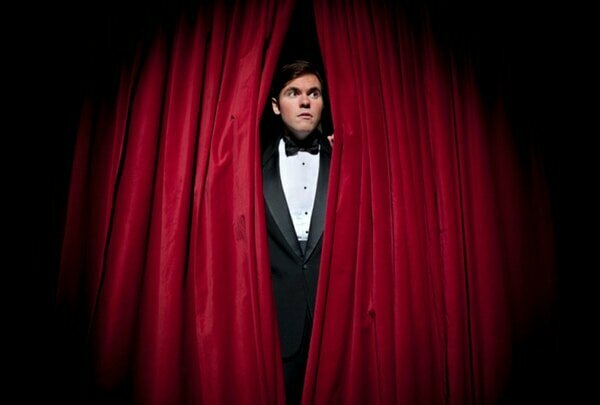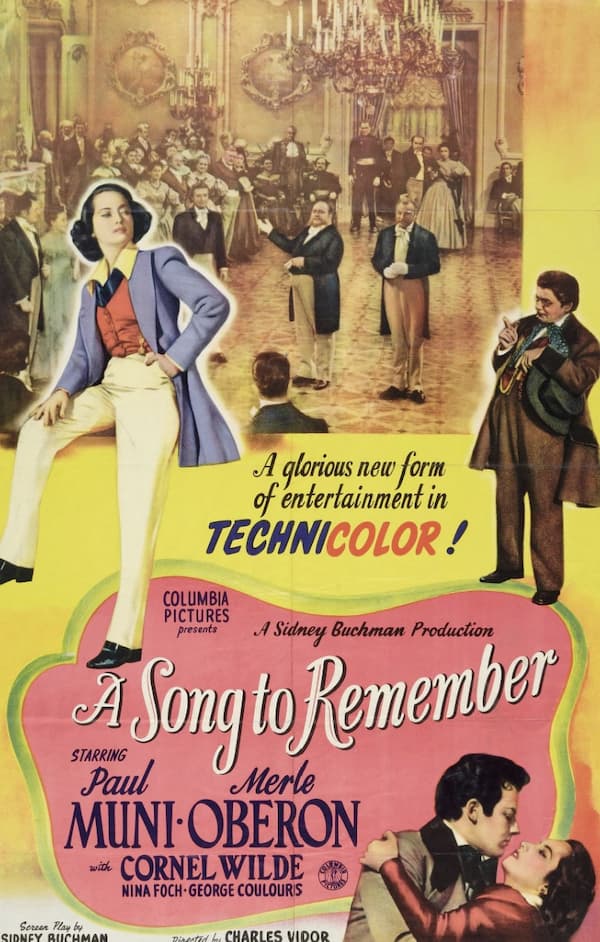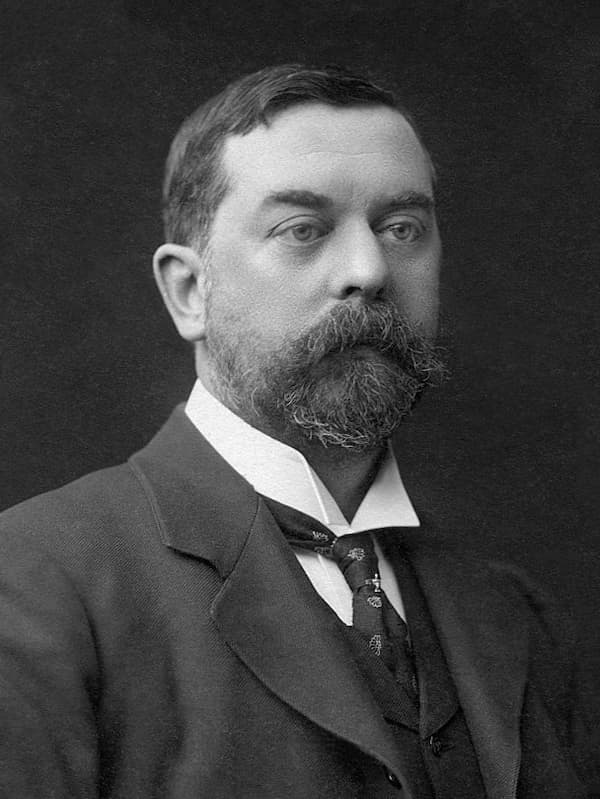Tap dancing, with its infectious rhythms and flashy footwork, has a history packed with quirky characters, unexpected origins, and moments that will make you laugh out loud. It’s only fitting that on 25 May, the world is celebrating “National Tap Dance Day.”
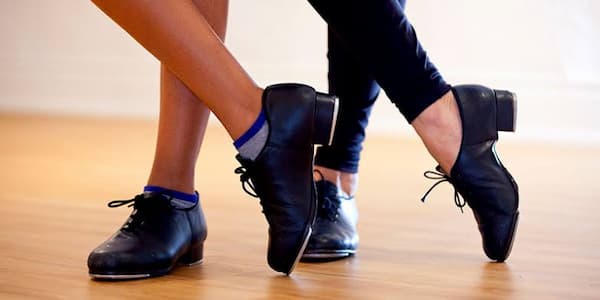
Tap Dancing Shoes
From the glitzy stages of Broadway to people practising the heel-toe combo in the lunch room, the air is alive with the infectious tip-tap-tappity-tap of metal-soled shoes. National Tap Dance Day is your excuse to let those feet steal the show.
Tap dancing, if we are honest, isn’t just a dance; it’s a performance art with an attitude. And best of all, on this day of celebration, everyone is invited to the rhythm party. Of course, a celebration like this deserves some rousing classical music.
Aaron Copland: Rodeo, “Hoe-Down”
A Mishmash of Cultures
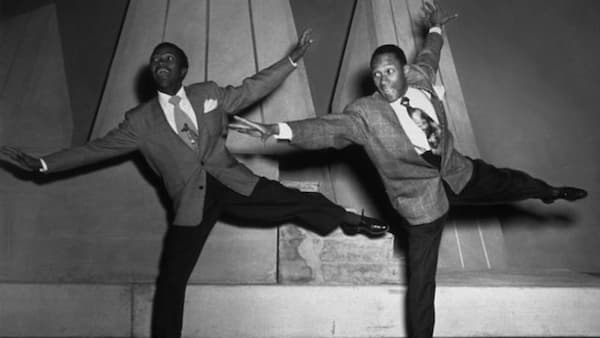
Tap Dancing
Tap dancing did not just pop out of nowhere, but it is a delightful cultural mash-up. Born in the United States in the 19th century, it blended Irish step dancing, English clog dancing, and African rhythms brought by enslaved people.
The African influence, with its loose and syncopated style gave tap dancing its soul while the Irish background brought precision. It’s like a cultural dance-off where everyone wins. Early on, it was called “buck and wing,” in reference to a move that mimicked the strut of a pigeon.
Manuel de Falla: “Ritual Fire Dance”
Minstrel Mischief
The term “tap” was born later, when dancers nailed metal plates to their shoes, which amplified the sound. The early days of tap dancing were tied to minstrel shows, a problematic but undeniable part of its story.
These shows often featured white performers in blackface, where performers mixed tap dancing with contortions or goofy props. It was like vaudeville’s answer to a viral TikTok challenge, pure chaos, but you couldn’t look away.
Johann Strauss: “Tritsch-Tratsch-Polka”
Vaudeville Wacky
By the early 20th century, vaudeville theatres were the playground of tap dancers. Famous performers like Bill “Bojangles” Robinson claimed that he could tap faster than a machine gun fires.
Vaudeville also gave us some class acts like Fred Astaire, with top hats and tails. When tap hit Hollywood in the 1930s, Astaire and Ginger Rogers made it look effortless, but behind the scenes, they were perfectionist maniacs.
Béla Bartók: “Romanian Folk Dances”
Modern Tap
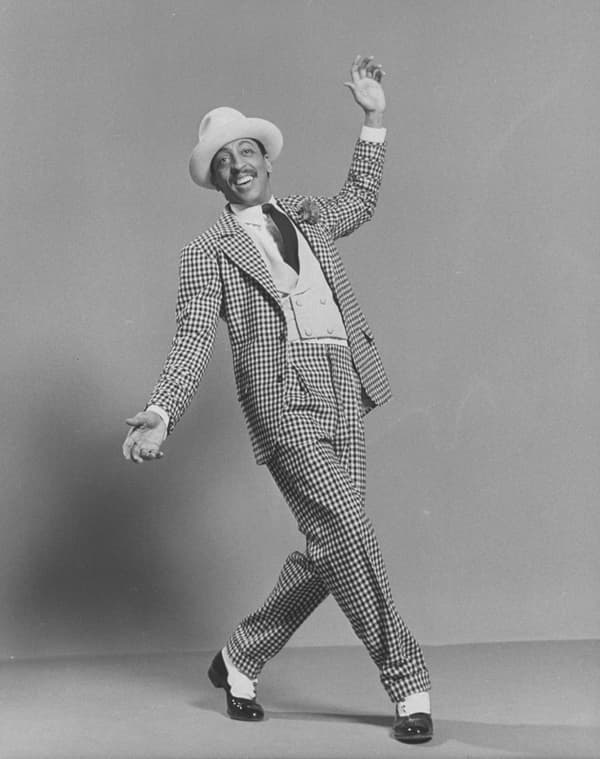
Gregory Hines
Tap dancing faded after the 1950s as musicals waned, but it never really died. Dancers like Gregory Hines and Savion Glover revived the style in the 1980s, and Broadway shows started to blend tap with hip-hop.
Tap dancing, with its clattering rhythms and irrepressible spirit, remains a testament to human creativity and resilience. From its scrappy beginning to its dazzling Hollywood heyday, tap has always been more than just steps.
Leonard Berstein: Candide, “Overture”
Timeless Renewal
Tap is like a conversation across cultures, a defiance of gravity, and a whole lot of personality packed into every shuffle and stomp. The art form’s ability to evolve shows its versatility for staying fresh while still honouring its roots.
What makes tap enduringly delightful is its refusal to take itself too seriously. Behind every polished routine are delightful stories, including one in which elephants were taught to stomp in time.
Tap continues to inspire new generations as it carries forward its legacy of joy, mischief, and the sheer audacity to make music with your feet. As we celebrate National Tap Dance Day on 25 May, let’s remember that tap has still got plenty of rhythm left.
For more of the best in classical music, sign up for our E-Newsletter

